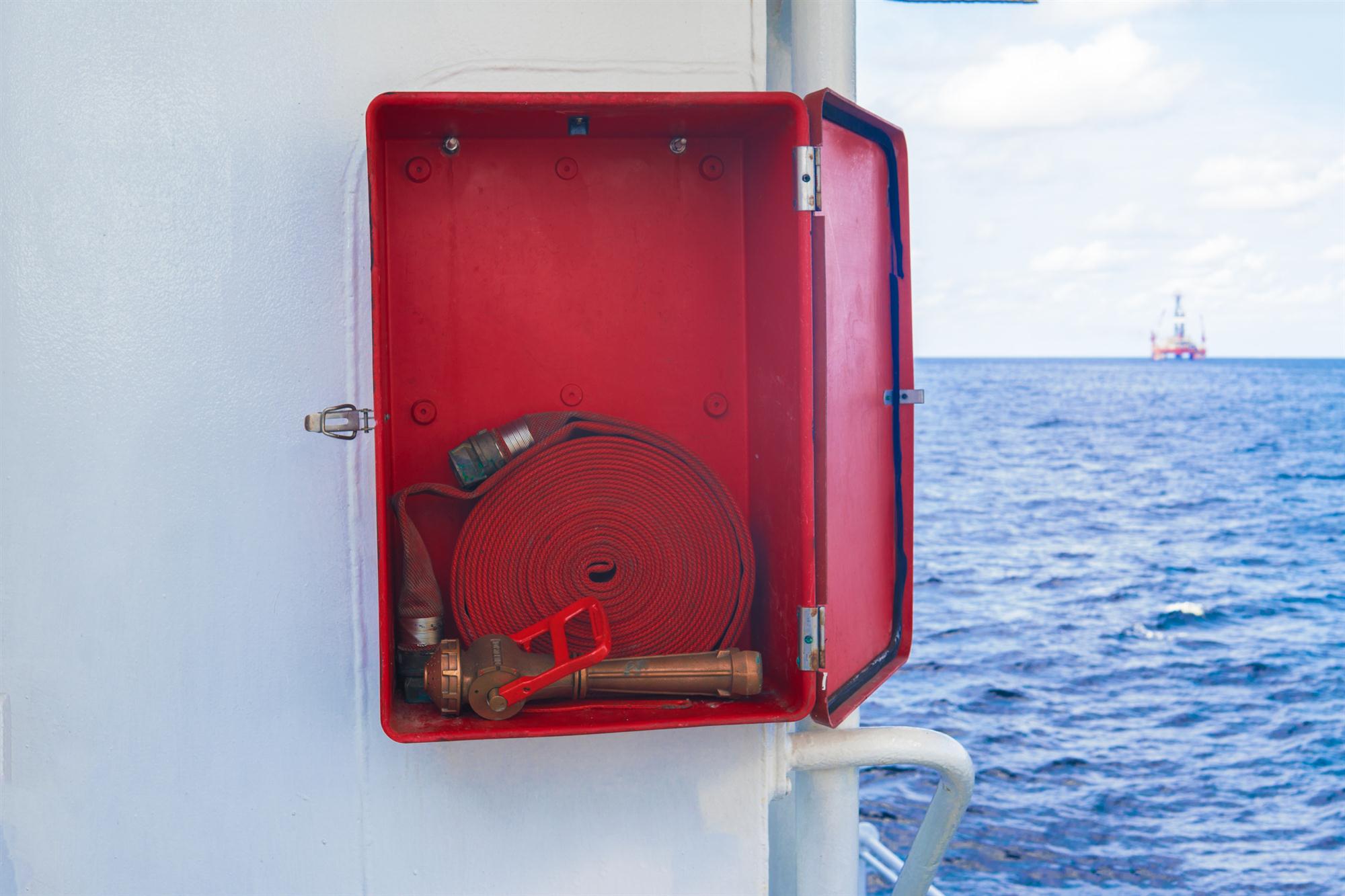2019 looks like a risky year for people involved in international logistics. From blazing container vessels and trade conflicts to weather-related disruptions and industrial unrest, they are facing an array of concerns that make navigating through this year a challenging prospect.
As shippers, forwarders and consignees still wrestle with the repercussions from the fires on the Yantian Express and the Grande America, which recently sank in the Bay of Biscay, international transport and logistics insurer TT Club has warned that the risk of fire on container vessels is significantly higher than widely assumed.
According to a press release issued by the insurer in late March, these incidents are “merely the tip of a failing safety iceberg.” The release cites estimates that a major container ship fire at sea occurs on average every 60 days.
Reasons for the individual incidents vary, but TT Club’s records point to failings in the packing of cargo as the main culprit in 66% of incidents related to cargo damage across the intermodal spectrum. The catalogue of missteps includes problems not only with securing shipments but also in cargo identification, declaration, documentation and effective data transfer.

The cost of these claims in the marine, aviation and transport insurance sector exceeds US$500 million a year, according to TT Club.
Peregrine Storrs-Fox, TT Club’s risk management director, noted that one critical area is the correct declaration and handling of dangerous goods. By one estimate, about 10% of the 60 million containers packed in a year are declared as dangerous goods shipments, and as many as 20% of these are poorly packed or incorrectly identified. The number is even higher if undeclared dangerous goods shipments are factored into the equation.
Actions have been taken to mitigate the risk, such as the Cargo Incident Notification System, in which many of the major lines participate, or the Hazcheck Restrictions Portal, which is designed to streamline the complexity of regulations and protocols surrounding dangerous goods. Still, a lot more needs to be done, argued Storrs-Fox.
“Above all, there is a need for all involved in the supply chain to have a realistic perception of risk and a responsible attitude towards liability,” he stated.
Ocean shipping is also at risk of cybercrime, warned maritime security firm Naval Dome recently. At the Singapore Maritime Technology Conference in early April, Naval Dome CEO Itai Sela warned that the industry should be on red alert, as cyber criminals have set their sights on this sector.
Unlike container fires, cybercrime does not figure in the first annual risk report published in late March by Resilience 360, a supply chain risk management platform. The report catalogs the 10 main threats to supply chains identified by the firm’s researchers.
“The supply chain risk environment is dynamic and continually evolving. At Resilience 360, our teams of analysts monitor hundreds of risk events every day, tracking their impact on the supply chains of dozens of industries,” said CEO Tobias Larsson. “In our first annual risk assessment report we’ve used that experience to highlight a portfolio of threats that deserve particular attention during 2019 and beyond.”
- Trade conflict has hit cargo flows and caused steps to restructure supply chains.
- Fragile supply chains are prone to suffer component shortages, resulting in supply bottlenecks.
- Quality issues are on the rise, fuelled by product recalls and safety concerns, leading to tighter regulations.
- Climate change is having impacts on supply chains through disruptions from severe weather conditions and low water levels affecting shipping.
- Governments respond to environmental issues with tougher regulations and augmented enforcement efforts.
- Economic and political uncertainty are making business conditions less predictable and more risky.
- Industrial unrest threatens to snare up shipments.
- Borders are becoming less open as mass migrations are prompting a stronger focus on physical border security in many countries.
The combination of easy accessibility and lack of public awareness make disruption from drones around airports a growing concern, with a greater risk of disruption of air cargo activities.
The Resilience 360 researchers also see container fires as one of the worrying developments to watch out for in 2019.
The element of climate impact on logistics operations certainly is rising in prominence. Ocean Network Express CEO Jeremy Dixon recently pointed to weather as one of the reasons for his company’s travails. He pointed out that the number of typhoons affecting China and Japan jumped from eight and five respectively in 2017 to 10 and seven in 2018. The port of Shanghai was closed for 28 days between April and August, he added.
With or without storms, shippers, consignees and their logistics providers are apparently faced with a choppy ride in 2019.
By Ian Putzger
Correspondent | Toronto



